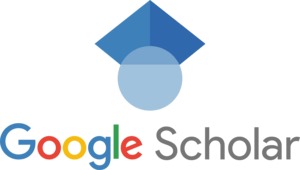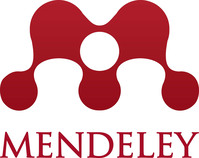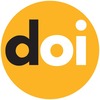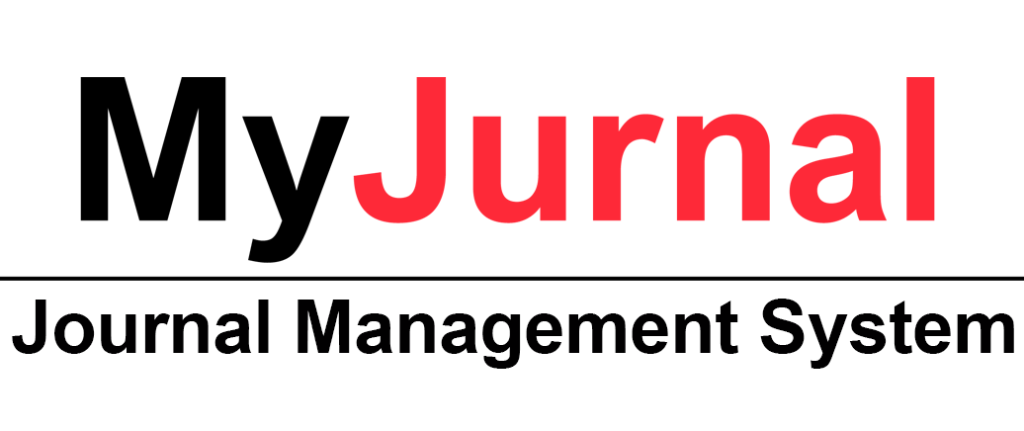The Implementation Structure of Work-Based Learning (WBL) in Malaysia: The Perspective of Industry
DOI:
https://doi.org/10.31436/ijes.v12i2.472Keywords:
Work-Based Learning, University-Industry Collaboration, Collaborative Learning, Industry Centric Learning, Implementation of WBLAbstract
The industry has been looking for a teaching structure for tertiary education to address the knowledge gap in potential talents. Work-Based Learning (WBL) is a teaching and learning approach in which the industry is directly involved in the knowledge delivery process. Students are put in the industry and receive direct instruction from industry specialists. However, the specific forms and implementation of WBLs in Malaysia's higher education sector remain unclear. As WBL is a new learning culture in Malaysia, challenges such as the industry's low involvement rate, students' adaptation to the learning style, and the status of the higher education institutions are yet to be discovered. This qualitative study employed semi-structured interviews with five coaches from ViTrox Technologies and eight students from University Tunku Abdul Rahman, University Technology Malaysia, and Forward School. A total of twelve interviews were conducted, focusing on the common practices of WBL, student experiences, and opinions towards WBL. Thematic analysis was used to systematically identify and interpret recurring themes within the qualitative data. The study found six key areas for enhancing WBL implementation: communication between industry coaches, lecturers, and students; roles of higher education institutions, industry, and students; WBL placement duration; coaching time; self-learning support; and WBL assessment standards. This study recommends a more practical application of WBL in the Malaysian context to promote WBL in Malaysia and strengthen collaboration between industry and academics in WBL.
Metrics
Downloads
Published
How to Cite
Issue
Section
License
Copyright (c) 2024 IIUM Press, International Islamic University Malaysia

This work is licensed under a Creative Commons Attribution 4.0 International License.
The Journal will own copyright to all published works and have the right of first publication, both in print and online, unless other arrangements are made with the Editors in advance. It is the author`s responsibility to ensure that where copyright materials are included within an article the permission of the copyright holder has been obtained beforehand.





















